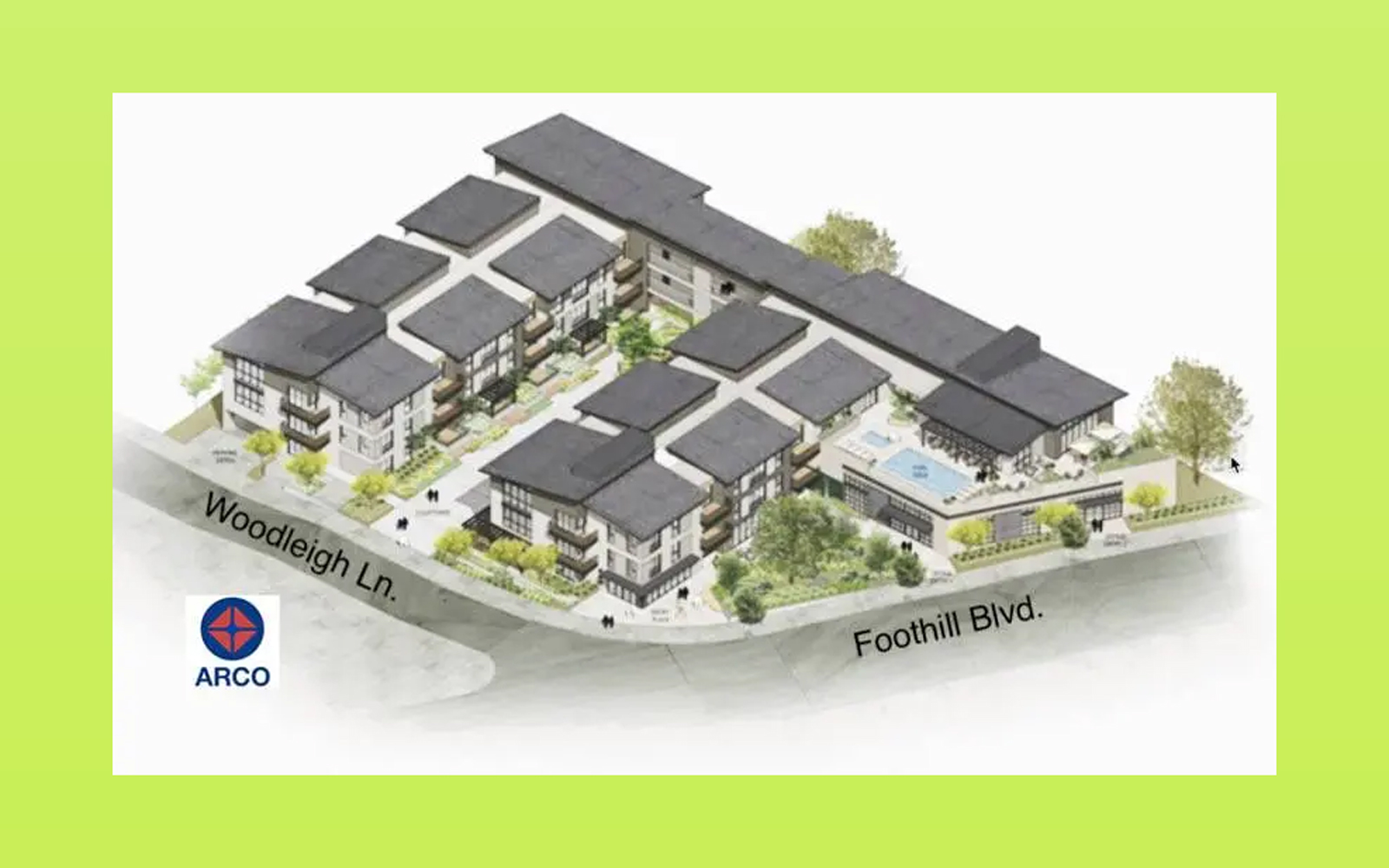“A real penalty”: how Newsom has legitimized builder’s remedy
Developers and lawyers assess impact of state involvement in La Cañada Flintridge case

When Gov. Gavin Newsom and the state’s attorney general, Rob Bonta, announced on Tuesday that the two wanted to jump into a fight over a builder’s remedy project in La Cañada Flintridge, land use attorney Dave Rand was elated.
The declaration shows “it’s a real penalty that cities face if they don’t follow through on their housing commitments,” Rand, a partner at Rand Paster Nelson, told TRD.
Newsom and the attorney general’s request to intervene in a case over builder’s remedy is the first time the two have addressed the concept and singled out a city publicly. The California Housing and Community Development, which joined the request, has expressed its support of the provision previously to developers and attorneys.
Builder’s remedy is a penalty for cities that do not have a state-approved housing plan together by a state-mandated deadline. When out of compliance, cities lose the right to reject a housing project based on local zoning plans, as long as the project meets certain affordability thresholds.
And the handful of players pushing to test builder’s remedy, by filing projects, responded to Newsom speaking out with elation.
Rand was the first attorney to really push the concept of builder’s remedy, though the provision has been around since the 1980s. He started by asking HCD last year whether a preliminary housing application filed in a city that did not have a compliant housing plan was enough to lock in builder’s remedy.
An HCD official said: “Yes.”
After that, Rand represented WS Communities, the firm run by Neil Shekhter, in filing 14 preliminary housing applications while the City of Santa Monica was still not in compliance with the state over its housing plan.
Another developer, Leo Pustilnikov, was already testing the waters in Redondo Beach, where he filed plans to build 2,600 housing units at the site of the former AES power plant. Pustilnikov, who Rand also represents on a number of projects, also filed a flurry of builder’s remedy applications in the city of Beverly Hills.
Then came Cedar Street Partners, run by Alexandra Hack, who filed a preliminary application for an 80-unit development at 600 Foothill Boulevard in La Cañada Flintridge. In an effort to gain approval, Cedar Street filed a lawsuit against the city — as did the California Housing Defense Fund.

It’s the latter case that Newsom and the attorney general want to join.
“Since California strengthened its housing laws, cities have attempted, unsuccessfully, to skirt these rules,” Newsom said in a statement on Tuesday. “La Cañada Flintridge is another community making excuses rather than building their fair share of housing.”
“That doesn’t happen often,” Rand said, adding the two power players did not have to do it.
Pustilnikov praised Newsom’s decision — “it’s good to have the state on your side,” he said — but stopped short of declaring this would impact other developers to take advantage of builder’s remedy.
“It’s still somewhat untested,” he said. “It’s never a sure thing.”
Rand was more hopeful.
‘I can’t tell you how many conversations I’ve had with developers putting a toe in the water with this builder’s remedy concept, looking at a site, thinking about the strategy, wanting to proceed, and then ultimately deciding that it’s not for them,” he said. “It may be too risky, it may be too untested, it’s too novel.”
“This normalizes this process,” he added. “Your spine has stiffened a bit now.”
Hack at Cedar Street was relieved over the phone on Wednesday afternoon, less than an hour after Newsom released his statement.
“It lends a lot of legitimacy,” she said. “It’s really great.”
Many cities are still out of compliance with state rules — approximately a third of all cities in California, according to HCD data — meaning they have not submitted an appropriate housing plan that HCD has approved.
In Los Angeles County, Beverly Hills, Malibu, Hermosa Beach, Palos Verdes Estates, Hidden Hills, South Pasadena and a number of cities in the South Bay are still out of compliance, according to HCD.
The cities of Anaheim, Costa Mesa and Fullerton in Orange County are also out of compliance.
In Northern California, the cities of Carmel, Los Gatos, Palo Alto and Santa Clara are still out of compliance.
“If you were a city thinking about whether or not to fight this or whether just to bury your head in the sand and pretend this remedy doesn’t exist, you’re going to have to think twice,” Rand said.




